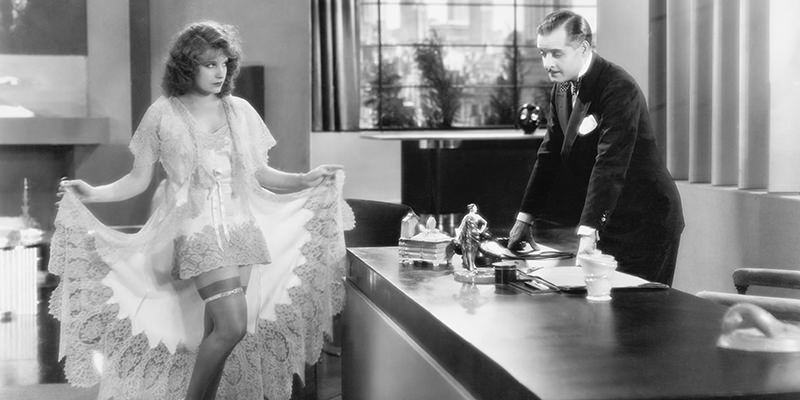India pale ales, or IPAs, currently account for 27 percent of all off-premise craft beer sales, which means IPA market share has tripled since 2008. That stat shocked me, because while I recognize that IPAs are by far the most popular craft style, I would not have guessed that the category was still actively extending its lead. Doesn’t it seem like we’re finally starting to see more variety in the beer aisle? What about all those “Year of the Gose” and “Rise of Craft Pilsner” articles my comrades and I keep hacking up? Does this mean I should hold off on my prediction that by the end of March, Portland will replace municipal water fountains with kegs of kettle-soured milk stout?
There are several reasons for IPA’s continued dominance. As noted here, the data cited above only measures off-premise sales, which excludes bars and restaurants. This could potentially discriminate against the newest breweries, which are less likely to have begun packaging their beers for retail sale (for sure) and more likely to be experimenting with wacky styles (one presumes). That would only account for a small blip, though, as the argument is based on the premise that certain breweries are too small to have their stats included.
Another factor is the rapid expansion of larger, hop-focused craft breweries. Stone, Ballast Point, Green Flash, and Lagunitas have all recently increased brewing capacity and extended distribution reach. Lagunitas pumps out enough IPA in their new Chicago facility to counter whatever wacky styles are being produced by scores of the innovative new Mom, Pop, And A Third Guy They Went To College With Who Actually Knows How To Brew operations popping up all over the place.
But perhaps the biggest reason IPAs still top the sales charts is because the definition has gotten so loose. Session IPAs have exploded in the past couple of years, and there are all sorts of other modified India pales out there now, too. Purists don’t like this, and as previously noted in this space I am sympathetic to the cognitive dissonance that results from calling a beer both “black” and “pale,” for instance, but overall I love this trend. Here are 8 of the best avant-garde IPAs I’ve come across recently.
Dogfish Head Burton Baton
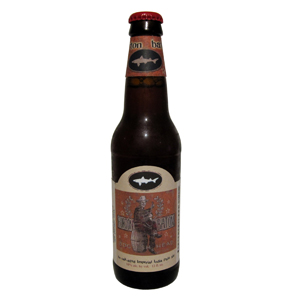
Dogfish’s success with unlikely recipes has surely spawned so many ghastly imitators—next time a newborn two-barrel brewery nearly poisons you with a huckleberry-prosciutto barleywine aged in sriracha bottles, shake an indignant fist toward Delaware. And then treat yourself to a Burton Baton, a beer that seems unlikely now, never mind upon its debut in 2004, when it was innovative on several levels.
Burton Baton is a blend of two beers, an imperial IPA and an English-style old ale, which are smooshed together before sitting for a month or so in oak barrels. The resulting 10% ABV beer features prominent citrus hop notes augmented by dark fruit from the old ale thread and vanilla from the wood.
Harpoon Long Thaw White IPA
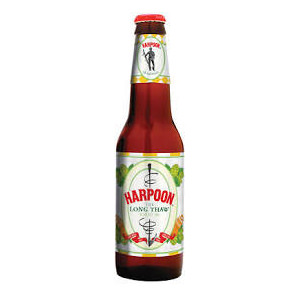
This late-winter seasonal is essentially a hopped-up Belgian wit, with spicy ground coriander complementing the citrusy, floral effect of the orange peel and hops.
Stone Cali-Belgique
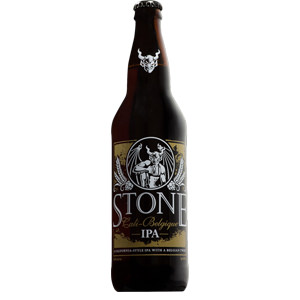
Allagash’s Belgian IPA, Hugh Malone, used to be the seasonal beer I got most excited about every year, but when it came out this past September I had the lucky epiphany that it’s not appreciably better than Stone’s Cali-Belgique, which is available year-round for 1/3 the price. This criminally underrated beer is simply Stone’s stock IPA recipe fermented with Belgian yeast, which adds a layer of banana and cloves atop the bitter pine resin to produce a multifaceted beer that’s a steal at $5.49 per bomber.
Kent Falls Waymaker Brett IPA
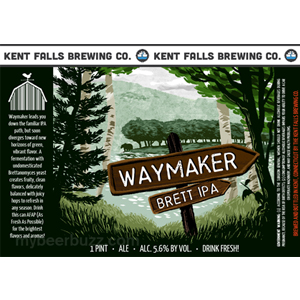
This funky little number from a highly regarded new Connecticut farmhouse brewery is fermented entirely with brettanomyces yeast. I feared the brett might overwhelm the hops, but that’s not the case at all. Instead, the assertively earthy yeast helps balance the rich tropical fruitiness, providing an almost bitter sensation that is missing from many juicy, dry-hopped brews; in that way, the brett seems to serve the same function salt does in gose. Waymaker is simultaneously fruity and dry, and it’s one of the best beers I’ve tried so far in 2016. (Kent Falls also makes a coffee-spiked version that works much better than it has any right to.)
Ballast Point Grapefruit Sculpin
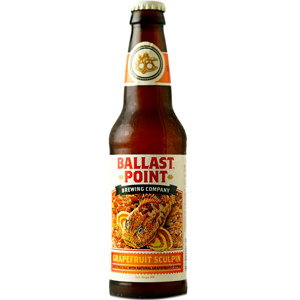
The billion-dollar beer that launched the grapefruit IPA wave. Regular Sculpin’s pine resin and stone fruit accents are joined here by an extra dose of bitter citrus in a 7-percent ABV beer that, for me, renders shandies irrelevant.
Jailbreak Welcome to Scoville Jalapeño IPA
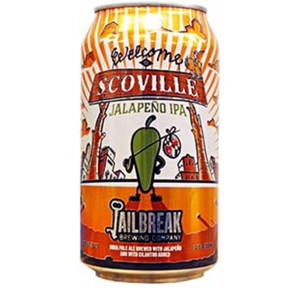
Ballast Point brews a few different flavors of Sculpin, including a Mango that I like and a Habanero that I find too spicy. I like hot food in reality and hot beer in principle, but at a certain level of heat you might as well just add a couple drops of hot sauce to your favorite cheap lager, and I feel Habanero Sculpin crosses that line. Jailbreak’s jalapeño and cilantro IPA does a much better job of balancing peppery spice with citrusy hops, with the small dose of cilantro adding a fresh, grassy edge.
Firestone Walker Wookey Jack Black Rye IPA

This offshoot of Firestone Walker’s phenomenal Union Jack IPA opens with rich, dark chocolate and coffee notes that are quickly joined by a black pepper kick from the rye. Dry-hopping with Citra and Amarillo adds an orange-inflecting citrus dimension that makes this one of the most well-rounded dark beers on the market.
Founders Red’s Rye IPA
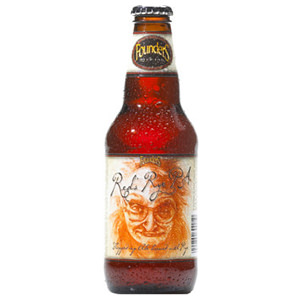
Another colored rye IPA, and another one of the finest widely distributed hop-forward beers in America by any name. Four kinds of Belgian malt lay down a base of rich, sweet caramel and biscuit flavors that are sharpened by the spicy rye, and Amarillo dry-hopping contributes a grapefruit edge to a beer that already had plenty going on.

